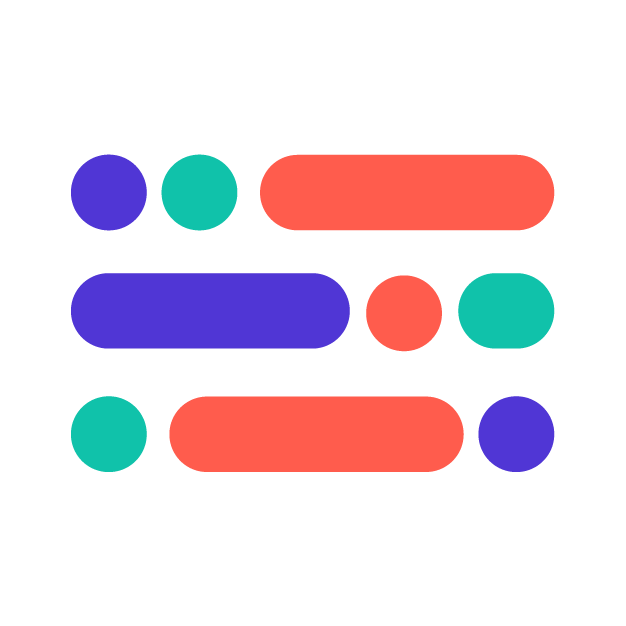The problem with marketing many products to developers is that oftentimes these "products" don't have a face - especially APIs. They're invisible. It's much easier to market products people can actually "see" - but that simply isn't the case with many solutions in the technical and developer world.
And that's not the only problem - many technical audiences don't always react to traditional marketing strategies the way most other industries and niches do. In other words - developers don't like being actively marketed to.
But if you want your technical solution or developer product to really take off, you need a strategy that takes all these variables into account and really breaks through.
You need to help your audience visualize your products, even if there isn't really much to "see". You also need to use the right blend of marketing techniques to attract an audience that's often hard to reach and hard to convince.
Ultimately, you need to work out how to market invisible products to a technical audience. And in this article, we're going to show you how.
Main talking points include:
- Developers might not be your only audience
- How to help your audience "see" your invisible product
- Features vs benefits
- Demos and a live product experience
Developers might not be your only audience
Technical people (read: developers) will typically have a better understanding of what they can do with an API. They might already be able to visualize some of the things they can do with it.
Not always - some will still need help with this in order to really maximize your marketing reach.
But developers and technical individuals aren't the only audience who might buy your product or solution. Especially in larger businesses who have other departments and checks and balances before software purchases are made.
People like buyers and other managerial positions who hold the purse strings of a business. These people will have much less technical experience and will have a much harder time visualizing how their business can use your product.
So, while your developer's buyer persona might have a slightly better understanding of what they can do with your invisible product - not all of them will.
How to help your audience "see" your invisible product
Firstly, you need to help your audience visualize what your solution can do for them. This can often start with case studies which will include easy-to-digest graphics, statistics, and information.
Stuff that anyone can understand, even if they don't have a technical background. Help them visualize everything as much as possible.The problem with many APIs is that it can be hard to gauge the value of an intangible product. So if anything isn't clear: you need to spell it out.
Answer the following questions before they've even been asked:
- What problems will this API help me alleviate?
- How exactly can I use this API?
- What data will I be able to access that helps me?
- What else can it be used for?
- How will this help me?
- What will the outcome look like?
- Who else has used this API successfully, and what have they used it for?
Your marketing efforts need to answer all these questions and more.

And with developers - getting straight to the point is important. They don't like fluff. So get to their pain points immediately and tell them how and why your APIs will help for the specific problems they're facing.
So in order to really do this, you need to know exactly what difficulties they're facing and how to frame your solution as the answer. This will involve plenty of market research as well, hopefully involving the developer community in both the creation and testing of your product.
Features vs benefits
Here's one key point that goes against some traditional marketing thinking: developers prefer features. Many marketing strategies are based on a "benefits first" mindset.
In other words: don't just tell them what the product does, tell them how it helps them. But some developers still consider this as fluff, they've already got an idea of what they want to achieve and what different features can do for them, so they want to know the technical details and specifics about these features first.
But that doesn't mean you should ignore benefits altogether in your marketing efforts - especially if you aren't just marketing your solutions to developers, but also finance managers, buyers and senior executives.
Demos and a live product experience
In order to really expand your reach, you need to give as many people as possible access to your product before they've actually bought it. Free trials and demos are key here. While a good marketing strategy can go a long way, people don't just want to be told why a product is good for them, they want to know it is - by trying it.
So give your audience access to a live product experience, either for a limited time or with some limited features, without an up-front cost. Let people play around with it and work out why it's exactly what they need and more.
If possible, this access needs to be as frictionless as possible. So asking for payment details up-front might turn potential buyers away even if they aren't charged for a trial period.

The more people who can experience your product, the better. Not only will that increase the number of potential buyers after a trial is up, but it'll also help your marketing efforts, as more people will talk about your product in their own developer communities and to their peers (which is key).
And, ultimately, this is your product's time to shine. If you really have created the perfect solution to a problem - then let it speak for itself. Allow your audience to try it and hopefully plenty of them will buy it.
Hopefully, a few of these ideas will help you start marketing invisible products to a technical audience - and you'll already be ahead of many of your competitors, who simply haven't realized the key differences between this type of marketing and more traditional techniques.
Psst.. Want to network with other developer marketers? Join our slack community!





